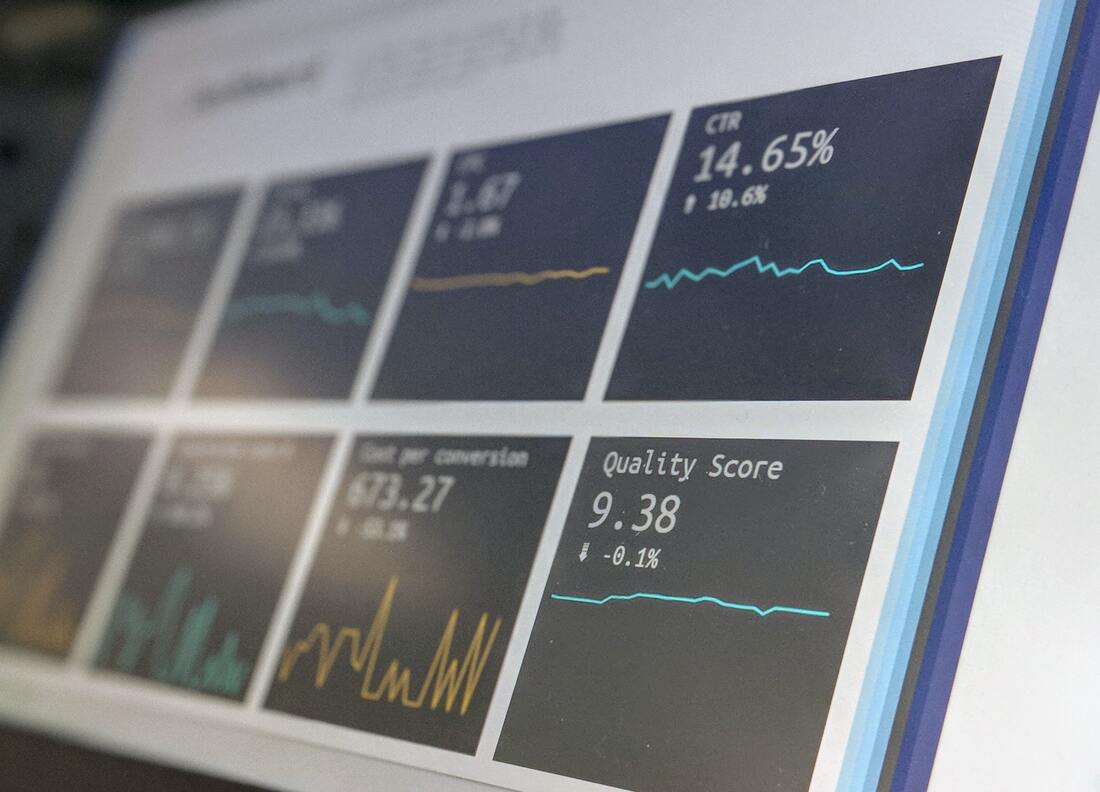Similarly, all people should know that crypto-currency is not much different than any type of fiat currency, such as the U.S. dollar because Bitcoin in its very nature is backed by nothing. Bitcoin is in a bubble that is already bursting, and we anticipate it to be gone completely within ten years due to China banning it, as well as other government agencies foreseeably into the future. Prices have all one thing in common, which is a reversion to the mean. Firms should always price in recessions, and not be overly optimistic as they were when mass hiring occurred in 2019, as well as a subsequent mass-firing in 2020. In short, our mid-term trend analysis as defined as the end of 2024 is bitcoin continuing to crash, cities returning to normal, residential housing prices starting to go to normal, and companies that had a boon from COVID-19 having their prices go back to normal.
Legal Disclaimer:
This post does not constitute an endorsement or recommendation to buy or sell a security, as well does not reflect any customer of Investment Sciences' opinions and is for educational purposes only.






 RSS Feed
RSS Feed
